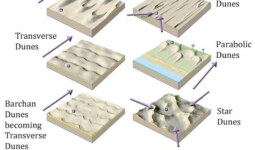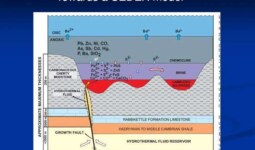A landslide is a geological phenomenon that occurs when soil, rocks, and debris suddenly move down a slope due to various factors such as gravity, erosion, seismic activity, or human activity. Landslides can cause significant damage to buildings, infrastructure, and can also result in loss of life.
What are the Types of Landslides?
There are different types of landslides, including:
- Rockfall: This type of landslide occurs when rocks or boulders detach and fall down a slope.
- Debris flow: This type of landslide occurs when a mixture of soil, rock, and water moves rapidly down a slope.
- Mudflow: This type of landslide occurs when a mixture of water and mud moves down a slope.
- Rockslide: This type of landslide occurs when rocks slide down a steep slope.
- Earthflow: This type of landslide occurs when a mass of soil and rocks moves downslope in a slow and fluid-like manner.
- Creep: This type of landslide occurs when soil or rock moves very slowly downhill.
- Complex landslide: This type of landslide is a combination of two or more types of landslides.
The type of landslide that occurs depends on various factors, including the type of soil and rocks, slope angle, vegetation cover, and weather conditions
What are the Causes of Landslides?
Landslides can be caused by a variety of natural and human-induced factors. Some of the most common causes of landslides include:
- Slope instability: The most common cause of landslides is slope instability. Slope instability can occur due to factors such as weak soil or rock, steep slope angles, erosion, and changes in groundwater levels.
- Heavy rainfall: Heavy rainfall can saturate soil and increase the weight and pressure on a slope, leading to landslides.
- Earthquakes: Seismic activity can trigger landslides by destabilizing slopes and causing rocks and soil to shift.
- Human activities: Human activities such as excavation, deforestation, mining, and construction can alter the slope’s stability and trigger landslides.
- Volcanic activity: Volcanic activity can create unstable conditions that can trigger landslides.
- Erosion: Erosion can remove soil and rock from slopes, reducing their stability and increasing the risk of landslides.
- Changes in water levels: Changes in water levels due to factors such as dam construction, river channelization, and storm surges can increase the risk of landslides.
The causes of landslides are often complex and can involve a combination of factors. Understanding these factors is essential for identifying and mitigating the risks of landslides




Leave a comment